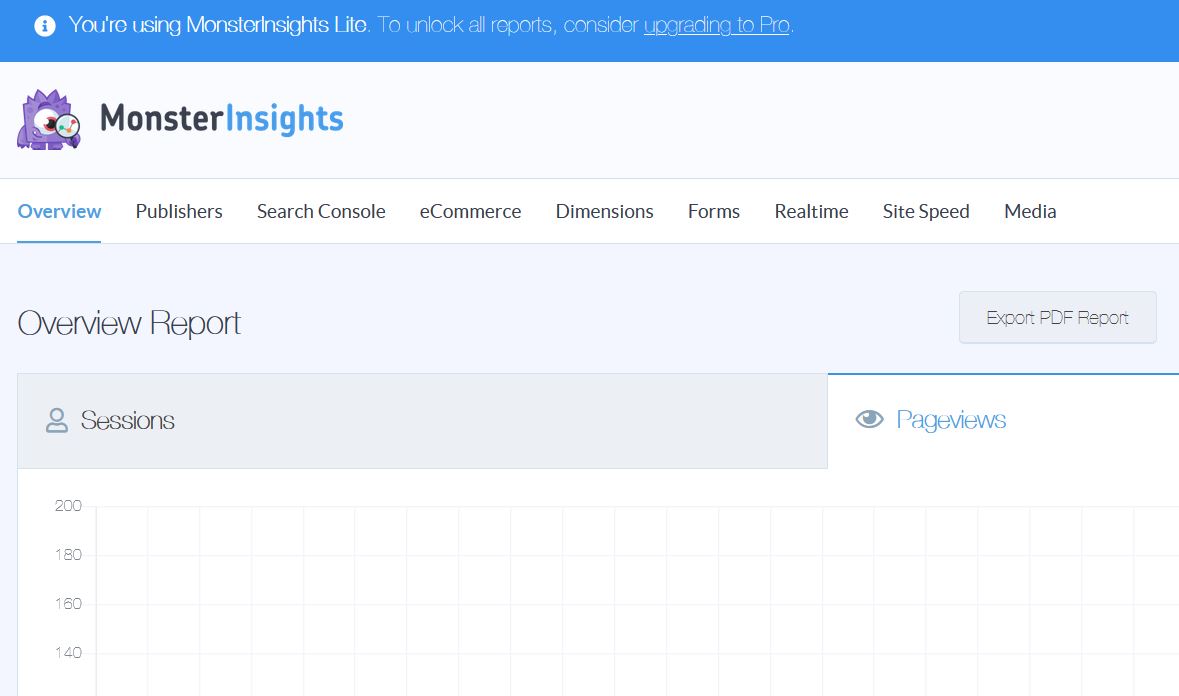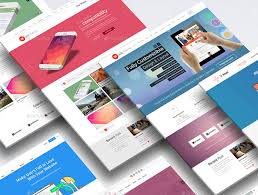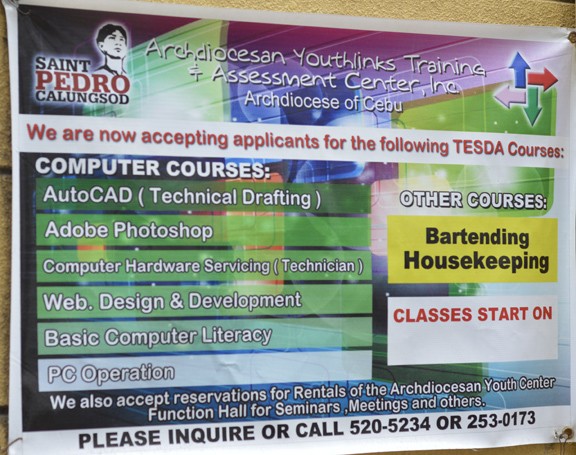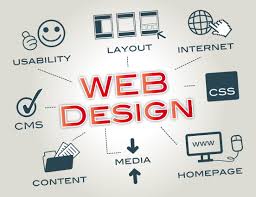Knowing Your Role Is Critical
Before starting a web design project, the roles of the business owner and web designer must be clearly understood and agreed upon. Many small business owners have not been involved in a website design project before and aren’t familiar with their role.
Roles can be broken down into the following: business owner and web designer. The business owner is the one who needs design services for their business; the web designer is the one who learns about this business and offers their design services. It seems very simple, doesn’t it?
However, any web designer will tell you that these lines can soon become blurry – usually in the form of a complaint from the web designer that the small business owner “wants to play designer”. This happens, and it’s unfortunate. However, the reason it happens is largely due to the fact that the roles in the project were never clearly defined at the start.
Role Of The Business Owner
The business owner’s job is to focus on broad issues such as:
identifying the goals of the website
identifying business problems that they want the website to help solve provide in-depth knowledge about their business, their target market, and their competitors.
What does this role entail? Designers rely on business owners to provide in-depth knowledge about their business. The business owner needs to offer design problems, not design solutions. If this role is defined and understood by both parties, a small business owner’s will end up with high-quality design and a project that progresses smoothly.
The reason small business owners need to offer design problems not solutions is that it is easy to get the two confused. A design solution is, for example, “make the logo bigger”, “use a three column layout instead of a two column layout” or “use green instead of blue for the overall colour scheme”. A design problem, on the other hand, is “I need to sell more products and services for my business to grow”, “We need to sell more memberships to increase the number of programs we can offer”, “We need to streamline our administrative tasks to help us save time and money” or “the branding isn’t quite strong enough on the website”.
“The business owner should not be involved with the aesthetics of a web design or other design solutions. This is the role of the conversion-focused web designer.”
When the business owner starts making design solution suggestions, as opposed to design problem suggestions, two things usually happen: a sub-par design is settled on and the relationship is soured. If the small business owner had known to suggest design problems – and, on the flipside, if the web designer had coaxed the problem out of the client, as opposed to just accepting their solution – the end result could have solved the problems properly and aesthetically without resulting in poor design decisions made by someone not necessarily well-versed in conversion focused web design.
Role Of The Conversion Focused Web Designer
The web designer focuses on:
providing solutions to business problems the client has identified design details such as colour scheme, typography and layout
The conversion focused web designer needs to realize and respect the fact that the small business owners know their businesses and know their clients – just like we expect our clients to respect the fact that we know conversion focused web design, website user tendencies, web design conventions, etc. If the business owner has an issue with a design prototype because they don’t feel it will effectively speak to their target market, we as web designers need to listen to that, respect it, and see how we can improve our work. When both the business owner and the conversion-focused web designer respect and understand each others role, it opens the door for effective, honest and open communication.
Think Of It This Way
You wouldn’t hire a lawyer and then take over trying your own case. You wouldn’t hire an accountant or any other professional service and start doing the work that you hired them to do. The same applies to our web design company. We are highly trained consultants with years of experience that you should take advantage of.
Why Most Websites Don’t Produce Results
It’s because they’re usually built like this:
Client (or a committee) describes the kind of website they want, and the design shop delivers. Did the committee consist of conversion and UX experts? Nope.
Client tells the designer to come up with something, and the designer has a “vision” or follows the latest design trends. Are typical web designers data-driven or conversion-minded? Alas, most are not.
Everybody should stick with what they know best. The clients are experts at what they do, and conversion-focused web designers are experts at creating websites that have the best chance of converting visitors into leads and customers.
We Need To Be A Good Fit
If you want somebody to fulfill your vision for a new design, there are tons of design shops that can help you. Not us. We don’t design websites based on somebody’s subjective opinion or personal preference. That’s guessing and you don’t need us for that. Our method focuses on a “scientific approach” for creating business websites. We design websites using field-tested conversion rate optimization techniques and conversion copywriting tactics. This means that our web designs are based on “facts, research data and a scientific approach” rather than guessing at “what works” and “what doesn’t work.”
We create designs that are built for conversions right from the get-go, but we need the freedom and space to do our job correctly.
If you as a business owner agree on the above roles then your website project should progress smoothly resulting in a highly effective web design for your business. If you don’t agree with the above roles we probably aren’t a good fit and you should look for web design services from another web design company that better meets your needs.




